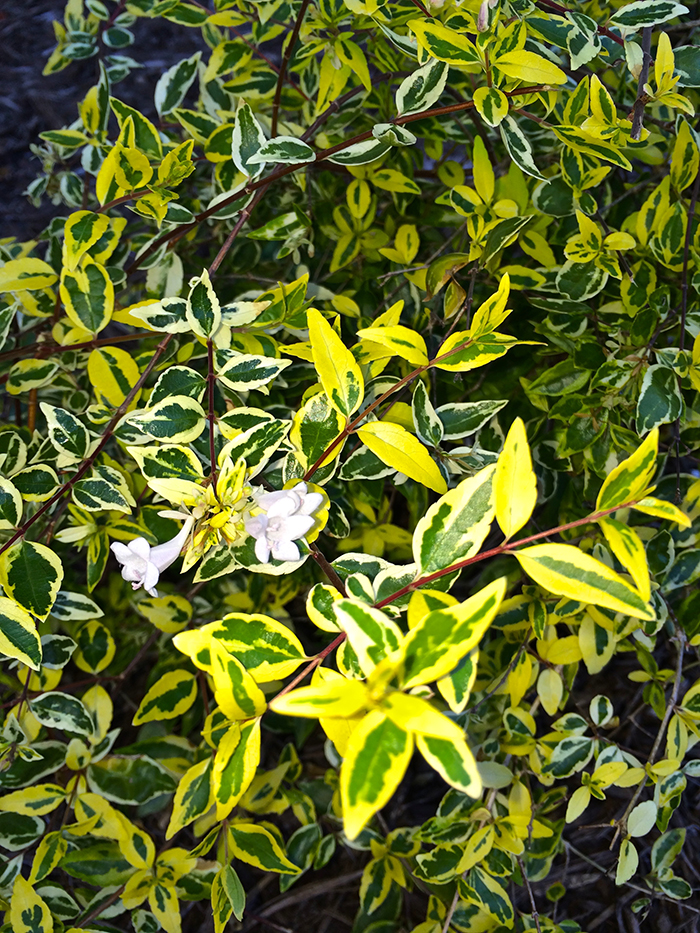January Tip: The right foundation plants are the bones of the garden…

Called foundation plants, shrubs are often planted against a house to hide its foundation. They originally hid basements or open crawl spaces under homes. But they also provide a structural design foundation for layering with the other plants in the landscape.
When well placed, shrubs can soften the structure of the house and provide a transition to the surrounding landscape. A carefully crafted blend of evergreen shrubs, flowering perennials and colorful annuals makes a great formula for a beautiful garden bed. Regardless of your personal garden style, this combination provides cohesion in the landscape, allowing each unique set of plants to aid the transition of colorful interest in the garden throughout the season.
Read Full Article.

